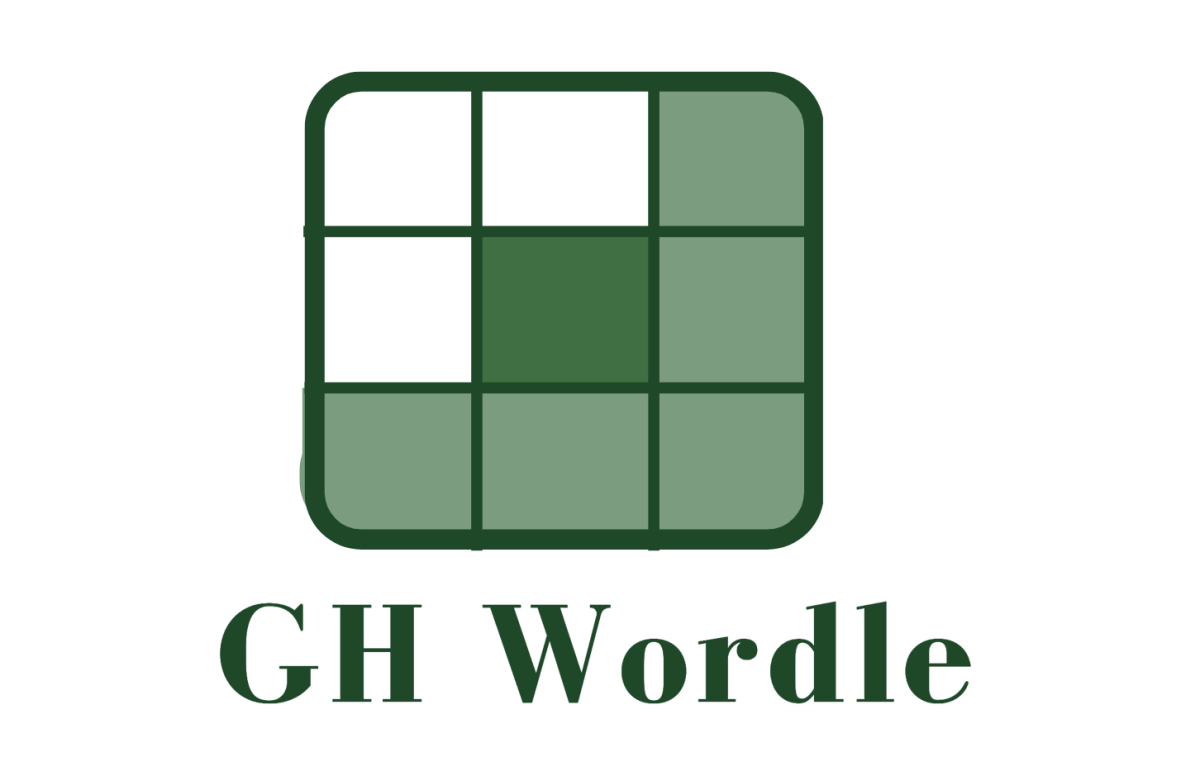Walking into the store, a certain section calls customers in: the clearance section. This aisle is where shoppers can find a multitude of sales on items ranging from clothing and kitchen utensils to handbags and handtowels. While these areas do engage customers and boost sales it can often be a double edged sword for businesses and the economy.
A clearance item’s primary purpose is to reduce inventory, and due to the drastic shifts in fashion per season, this is a way for stores to keep up and not lose money over any left behind merchandise. This method helps stores maximize shelf space for high-demand items, maintain profit levels and not suffer any financial impacts over goods.
Clearances benefit customers and allow them to acquire previous seasonal items or products that didn’t sell well for a cheaper price. All clearance items are out for a limited time only and they spark customer engagement with stores that fill people with an urgency to obtain these items. With the increase in customer involvement, stores are offered a boost in revenue that ultimately “makes up” the lost profit on the previously unsold merchandise. Since most clearance items are marked as “final sale,” meaning that they cannot be returned for a refund once purchased, the store’s retail profit is insured.
Clearance sales don’t always offer a beneficial alternative and can lead to companies not receiving an adequate amount of profit which negatively affects economic revenue. When products are sold at a reduced price they may not cover the original costs leading to a loss of profit and margin erosion, meaning that businesses don’t get the same profit that they would have received if the product was sold at its initial price.
An economic recession is when an economy’s output begins to decline, causing a slow in economic activity which lowers customer engagement that leads to a drop in prices. This creates a weak economy and turmoil in the commercial market that provides consumer goods. When consumer engagement drops, it lowers the demands for consumer markets; it can cause millions of companies with a stockpile of unsold merchandise, which results in companies not being able to maintain their businesses and eventually going out.
When a store puts an item on clearance they risk the possibility of margin erosion. Margin erosion is when costs of an item rise faster than prices and this cuts into the revenue produced by sales. This means that when the item is being sold at a lower cost it may not cover the original price of the product. This can lead to lower margin profits which can affect their long-term sustainability.
If an item is on sale for a long period of time, it can lead to bad consumer perception of a business and cause them to believe that they struggle to sell merchandise, which in turn could lower customer participation or cause bad brand image. Because of the potential of an item being on sale at the end of the season, people might wait and not purchase any products till after they’re on sale. This causes a decrease in customer activity and leads to lower revenue for stores which could negatively affect the amount of money that the company can give back to the economy.
Clearances don’t always provide a positive result in businesses and as a consequence, some stores may go under because they can’t cover the original cost of a product. With the effects of margin erosion, bad brand image and not covering original costs, items on clearance could lead to recession.
When a recession occurs in the economy it’s because there has been a decrease in consumer demand and their interaction with businesses. Low consumer engagement stems from a number of factors, for example bad brand image that happens from an item constantly being on clearance and can show poor quality in the product.
Lastly, store clearances do maintain connections onto whether the economy succeeds or falls. As previously stated clearance items can have negative impacts on the economy including margin erosion, recession and determining when a customer chooses to buy a product. All of these are factors that could crumble an economy and speed up an economic recession.





















































































